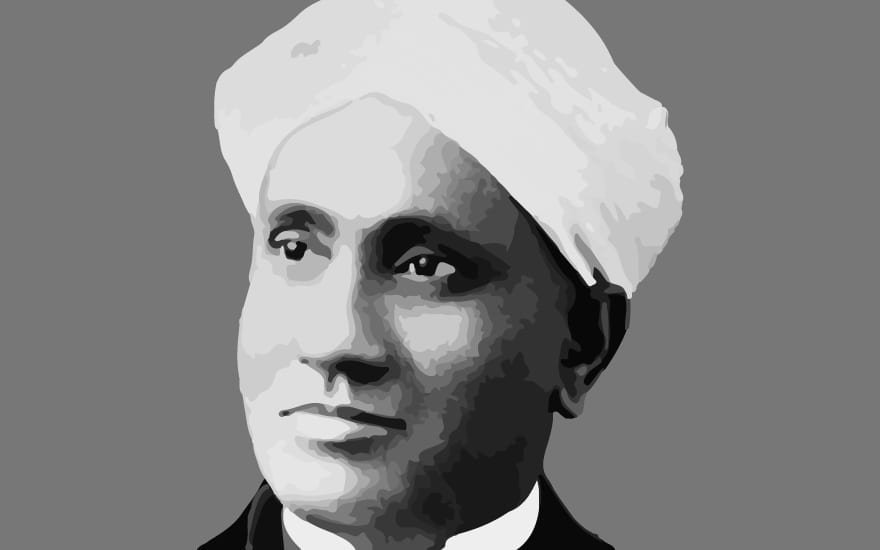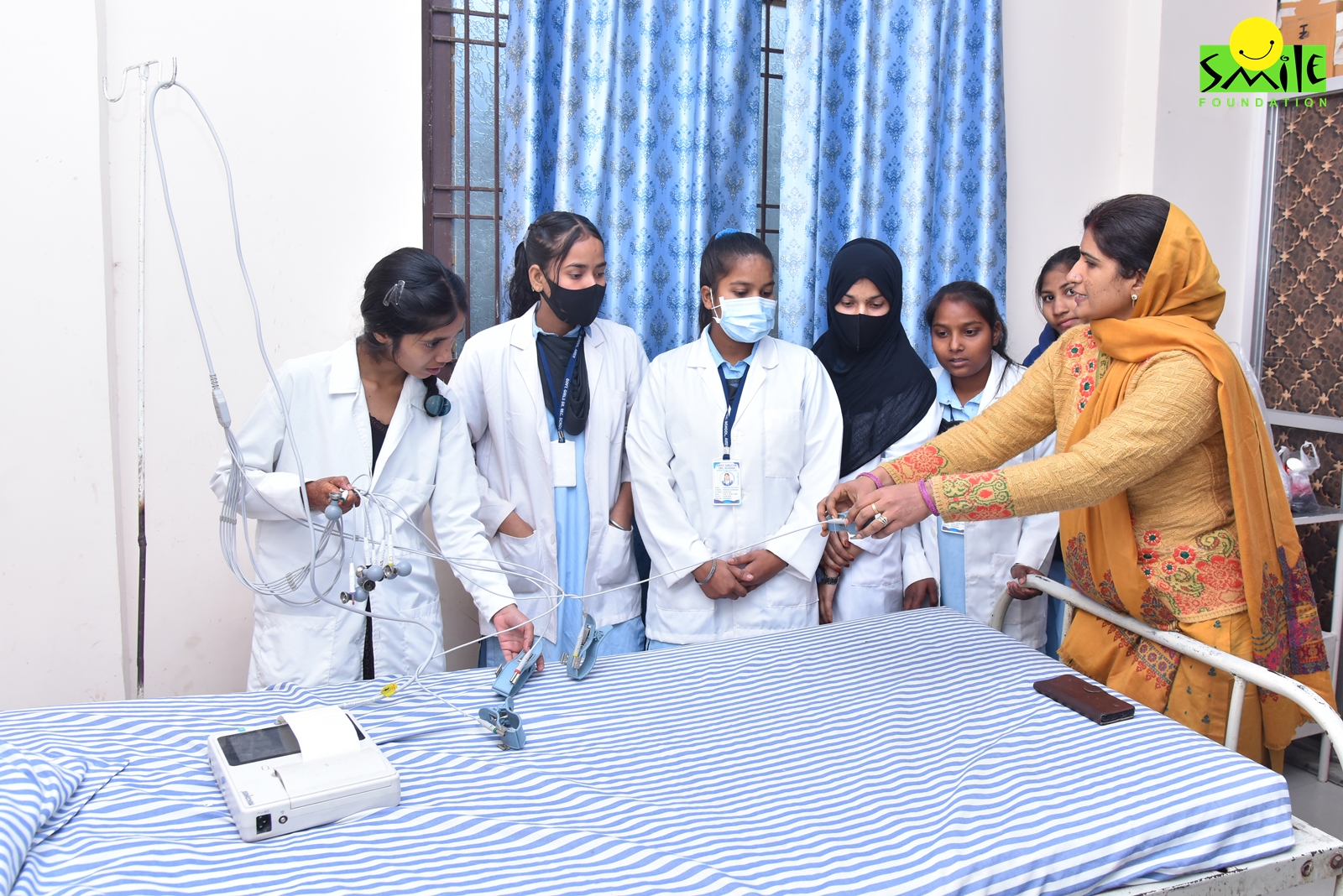The Discovery that India Celebrates with National Science Day
In 1930, an Indian added a new chapter in the field of science. He became the first Asian person to win a Nobel Prize in the field of sciences. It was a major milestone for the scientific community in Asia. His name was Chandrasekhara Venkata Raman and he is popularly known as C.V. Raman. National Science Day 2023 is the day when we remember his exceptional contribution to the scientific community.
We celebrate National Science Day on 28 February every year in honour of the discovery made by C.V. Raman. A passionate physicist who gained the admiration of many including Albert Einstein, C.V. Raman discovered a phenomenon known as Raman Effect.
So, What is the Raman Effect?
On 28 February 1928, C.V. Raman discovered that the wavelength of light changes and the photons scattered when they pass through a medium. When the photons in a light beam come in contact with the molecules in a medium, they are deflected and the light beam comes out from a different direction.
The energy of the photons that make up light inversely correlates with their frequency of travel. High-speed particles that strike molecules in a medium bounce back and disperse in various directions depending on the angle of impact.
The deflection and dispersion can be impacted by the properties of the medium. In some cases, the photons can also experience a reduction or increase in speeds as they pass through a medium.
Most of this scattered light has unaltered wavelengths. The Raman effect is observed with the presence of a small portion of the photons that has wavelengths distinct from those of the incident light. This simple discovery added an important chapter to the field of physics. This is why we observe CV Raman National Science Day on this date.
The then-Indian government agreed to the National Council for Science and Technology Communication’s (NCSTC) request to designate February 28 as National Science Day in 1986, and the day was thereafter proclaimed as National Science Day.
From C.V. Raman to Sir C.V. Raman
The history of CV Raman National Science Day is important to remember. However, what happened after the discovery is also worth remembering. One year after he published the results of his experiment becoming a seminal event in the field of science, he was knighted by the British Royals in 1929.
This is how C.V. Raman came to be known as Sir C.V. Raman. In 1930, two years after the discovery, he became the first person from a non-white origin to win a Nobel Prize in physics. It was a source of motivation for all the physicists and scientists from the Asian community.
In 1933, he was appointed as the Head of the Department of Physics at the Indian Institute of Science in Bangalore. This was the beginning of his academic career in a leadership role where he inspired hundreds of young Indian scientists.
Later, Sir C.V. Raman went on to become the Director of Raman Research Institute in 1947 and he also became a member of the Pontifical Academy of Sciences in 1961. Sir C.V. Raman played a key role in the development of science education in India during that time and launched the Indian Journal of Physics.
The Inspiration behind the ‘Raman Effect’ Discovery: Reason for Celebrating CV Raman National Science Day
Every discovery is a result of deep curiosity. When we begin asking probing questions, that is the time we take the first step toward finding an answer. This was also the trajectory that Sir C.V. Raman took.
The inspiration for this discovery came from his trip to Europe in 1921 where he was surprised to see the colour of the Mediterranean Sea and Icebergs. Young Raman was curious to know why light changed colour as it reflected through the sea and the icebergs.
This is when he began his experiments of reflecting the light beam through blocks of ice. After years of experimentation, the world got introduced to the ‘Raman Effect’ and today we wish each other a Happy National Science Day because of this.
Raman Spectroscopy, a new area opened in the field of science, has had important contributions over the years. It can be used to identify pharmaceutical substances, find counterfeit pharmaceuticals, characterise materials, calculate temperature, determine crystalline orientation, identify pigments in old paintings and historical records, and detect explosives using lasers from a distance.
Relevance of CV Raman National Science Day
Today, we celebrate National Science Day to inspire Indians for making important contributions to the field of science. The Ministry of Culture, Government of India maintains Science Museums across the country which allow students to see the wonders of science first-hand.
The purpose of these museums is to bring people closer to the world of science. By generating curiosity from an early age, we may be able to create new-age scientists in India who win more such accolades for the country.
The National Council of Science Museums, on its official website, states that the purposes of celebrating CV Raman National Science Day are many. These are:
- To widely spread a message about the significance of scientific applications in the daily life of people.
- Display all the activities, efforts, and achievements in the field of science for the welfare of human beings.
- Discuss all the issues and implement new technologies for the development of science.
- Give an opportunity to the scientific-minded citizens in the country.
- Encourage the people as well as popularize Science and Technology.
Each year, on this day, Smile Foundation honours Sir C.V. Raman’s remarkable contributions to science by celebrating the ongoing evolution of scientific discovery. We encourage you to plan an employee engagement programme to commemorate science, allowing children from the Mission Education programme to interact with professionals and explore science through creative, hands-on learning.
Partner with us to offer these children an enriching experience that fosters growth, curiosity and a deeper understanding of science, ultimately helping them build a brighter future.









